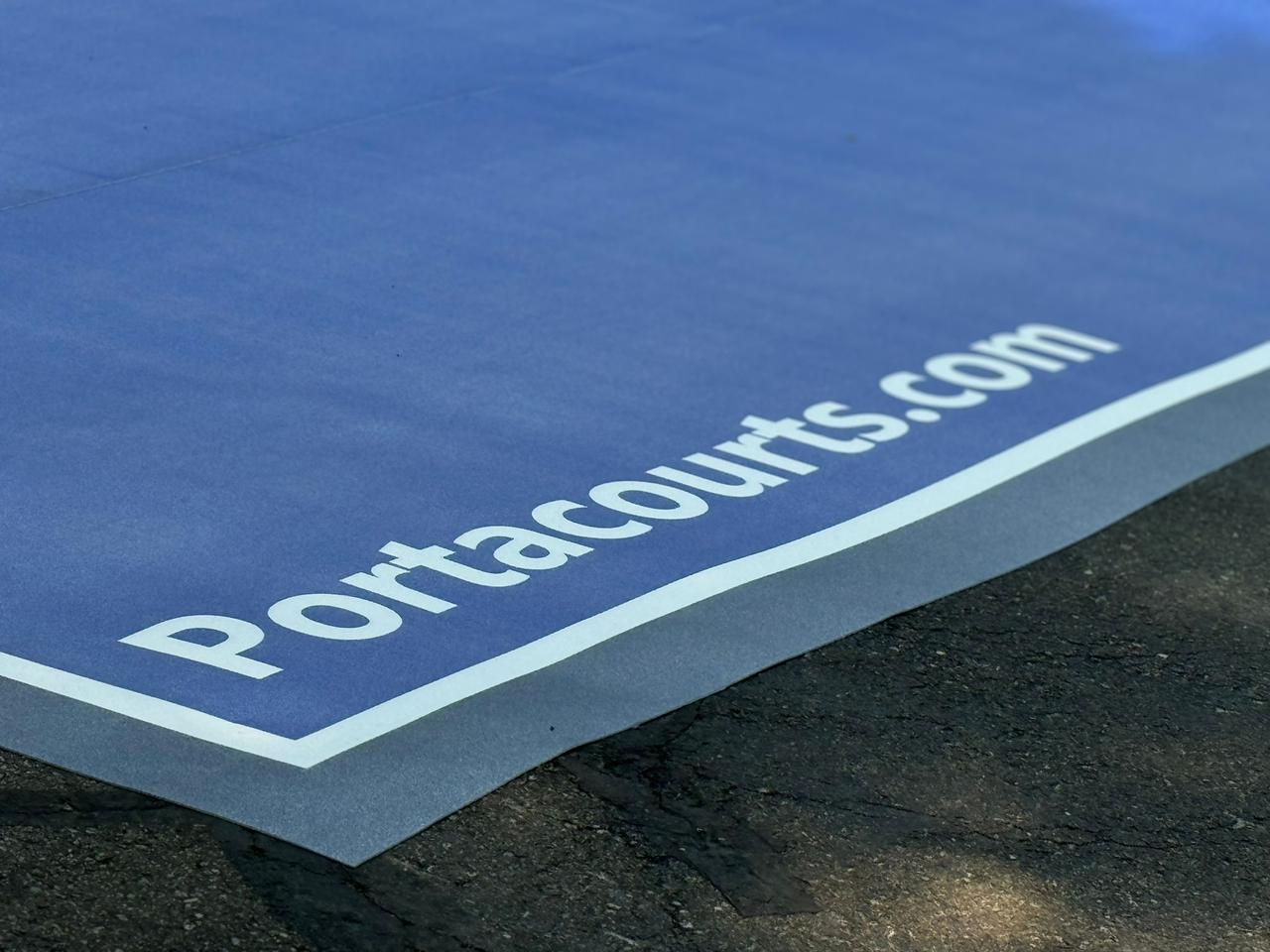Choosing the Right Surface: Basketball Court Materials Explained
Selecting the right surface for a basketball court is a crucial decision that affects performance, safety, and durability. Whether you're building a court for a professional arena, a school, or your backyard, understanding the different materials available will help you make an informed choice. In this blog, we’ll explore various basketball court surfaces, their benefits, and how to choose the best one for your needs.
Key Considerations for Basketball Court Surfaces
The location of your court plays a significant role in determining the best surface material. Indoor courts have different requirements than outdoor ones due to weather conditions and maintenance considerations. The intended use of the court is also important—will it be used for casual play, competitive games, or multi-sport activities? Your budget, too, can influence your choice, as different materials vary in cost, both for installation and long-term maintenance. Safety is another key factor, with materials offering various levels of traction and shock absorption to minimize injury risk.
Hardwood: The Classic Choice
One of the most popular choices for indoor basketball courts is hardwood. Known for its aesthetic appeal, hardwood provides a classic and professional appearance. It offers a consistent, high-quality playing surface with excellent ball bounce and can last for decades with proper maintenance. However, hardwood courts are generally more expensive and require regular upkeep, such as polishing and refinishing, to maintain their pristine condition.
Concrete: Durable and Low Maintenance
For outdoor courts, concrete is a common choice due to its durability and low maintenance requirements. It can withstand heavy use and harsh weather conditions, making it a cost-effective option. Concrete courts require minimal upkeep, but their hardness can be tough on players' joints. Additionally, customization options are limited without additional treatments.
Asphalt: Affordable and Practical
Asphalt is another popular material for outdoor courts, prized for its affordability and ease of installation. It provides good traction for players, making it a practical choice for many. However, asphalt is prone to cracking over time, especially in regions with extreme temperature fluctuations, and requires periodic sealing and resurfacing to maintain its quality.
Modular Tiles: Versatile and Easy to Maintain
Modular tiles have become an increasingly popular choice for both indoor and outdoor courts due to their versatility. They are simple to install and can be customized with various colors and designs. Modular tiles offer good shock absorption, reducing the impact on players' joints, and are resistant to weather, making them easy to clean and maintain. Although they have a higher initial cost than asphalt or concrete, they often result in lower maintenance expenses over time.
Synthetic Flooring: A Balance of Performance and Durability
Synthetic flooring offers a balance between the performance of hardwood and the durability of outdoor materials. It is suitable for both indoor and outdoor use and provides good traction and shock absorption. Synthetic surfaces come in various colors and styles, offering aesthetic flexibility. While they can be more expensive than asphalt or concrete, they are generally less costly than hardwood.
Making the Right Choice
When choosing the right material for your basketball court, consider your specific needs. Professional or high-traffic indoor courts might benefit from hardwood or synthetic flooring, while outdoor courts could make better use of modular tiles or concrete for their durability and low maintenance. For areas with extreme weather, modular tiles or synthetic surfaces offer better resilience, whereas asphalt and concrete are suitable for regions with milder climates.
Ultimately, your budget will play a role in your decision. It’s important to balance the initial investment with long-term maintenance costs. Although modular tiles may have a higher upfront cost, they often offer lower maintenance expenses over time.
Conclusion
In conclusion, choosing the right surface for your basketball court is a crucial decision that affects the playing experience, safety, and longevity of the court. By understanding the benefits and considerations of each material, you can select the best option for your needs and budget. Whether you're building a court for recreational play or competitive games, PortaCourts offers a range of high-quality surfaces to meet your requirements. Contact us today to learn more about our products and how we can help you create the perfect basketball court.
COMMENTS
Sort by :





Leave A Comment